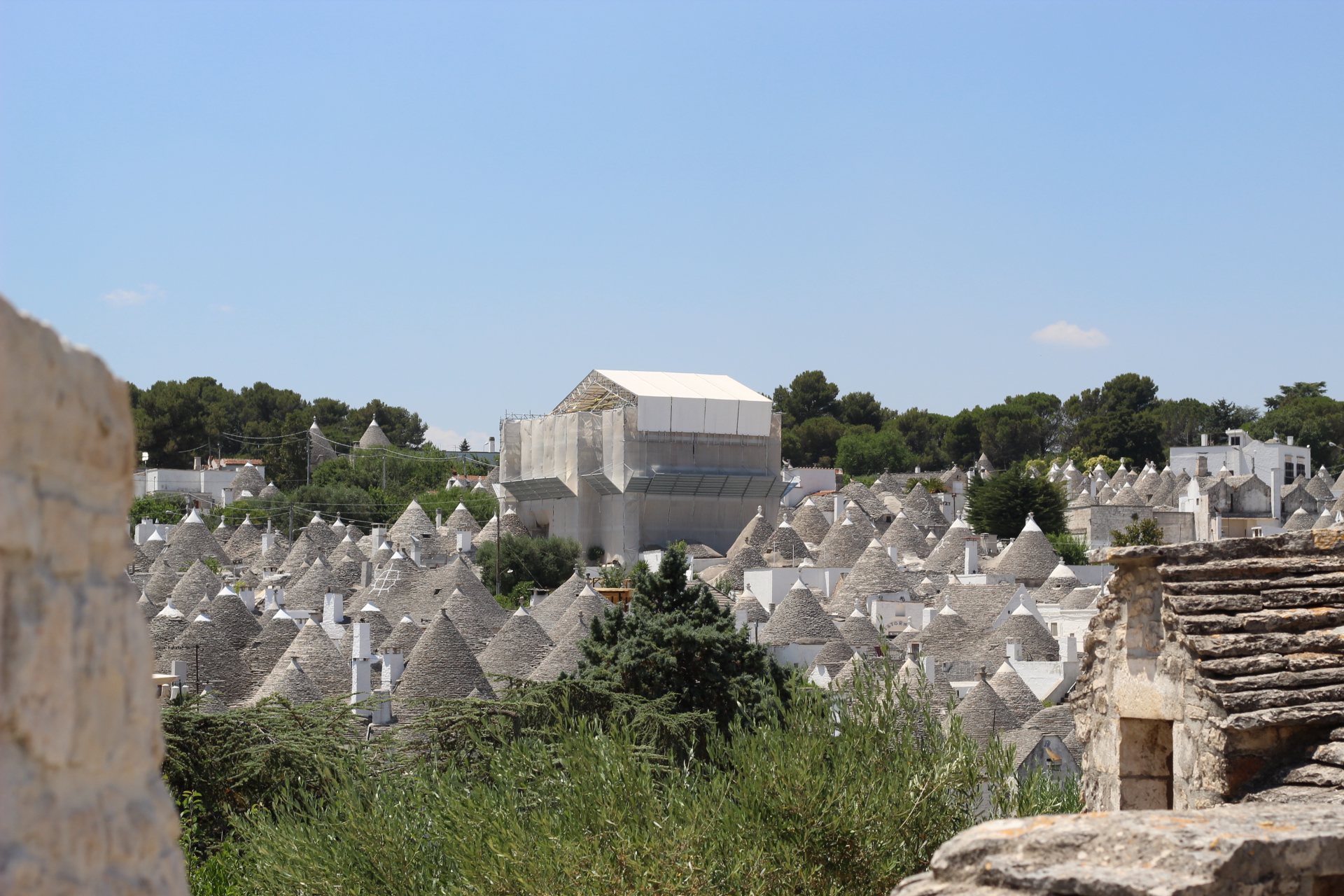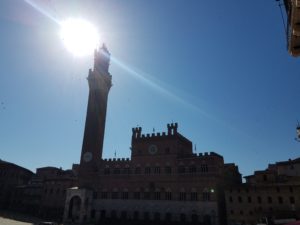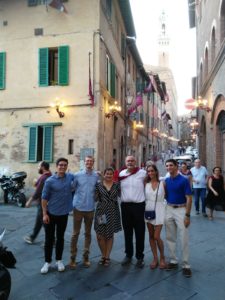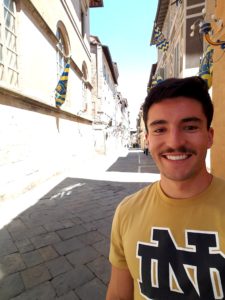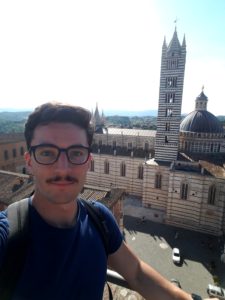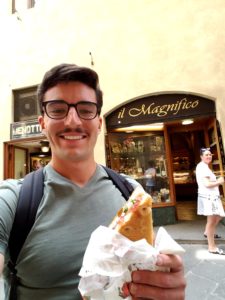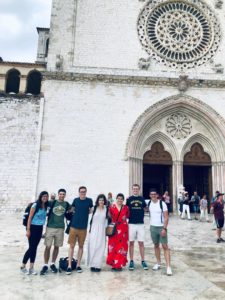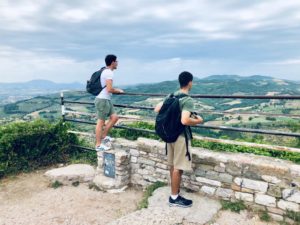Reflection on Language
Reflecting on my experience in Italy this summer after having returned to the United States, I am amazed by how much I was able to learn about the country and its culture. When I first arrived in May, I was both daunted and excited by the prospect of using Italian in all of my everyday interactions, in and out of the classroom. Even though my study at Notre Dame left me fairly confident in my ability to speak Italian, I was worried that I would seem “American,” that is, that I would make embarrassing errors that would immediately give me away as a non-native Italian speaker. Of course, in many of my conversations with Italians, this is precisely what took place. But I now realize that these sorts of errors are uniquely valuable with regard to language acquisition. In fact, making mistakes and being corrected by native speakers over the course of a conversation is, in my experience, the best way to improve conversational ability in a relatively short amount of time. And because the experience of making a mistake in front of native speakers can be quite memorable, I feel that I am extremely unlikely to forget the the improvements and corrections I’ve made during these sorts of “trial by fire” conversations in Italy this summer.
Further, perhaps the most enjoyable aspect of my time in Italy was being able to experience and appreciate Italian culture. Of course, I recognized several differences between American and Italian life that I found interesting, and there were many instances where I felt that Italians have developed better, more imaginative ways of going about things than we have in America. At the same time, I understand that Italy occupies a unique cultural context, and with this context come a number of problems that are simply not present in America. Above all, I was fascinated by the way Italy is able to balance ancient tradition and full-fledged modernity. In fact, this exact blend of old and new is, in my opinion, one of the most appealing aspects of Italy.
Most importantly, this summer, I feel that I was able to accomplish all three of the language goals that I initially set for myself. By the end of my trip, I felt confident conversing with native Italian speakers, even for extended periods of time and about diverse topics. I had absolutely no trouble navigating Italian stores, train stations, airports, and other public spaces, speaking exclusively in Italian. Finally, I feel that I made great progress toward a deeper understanding of written Italian, especially in its more contemporary forms. I was able to study and understand many of the most important Italian writings of the twentieth and twenty first centuries, and these literary studies have continued to inspire me to stick with my study of Italian literature at Notre Dame and beyond.
Reflection on Experience
Overall, my SLA experience was enjoyable and enlightening, often in unexpected ways. Being in Italy certainly reinforced the value of travel for me, but I also came to realize that travel is an activity completely distinct from tourism. Although it was fun to see famous sites in Rome and elsewhere, by far the most valuable experiences I had while in Italy were speaking and connecting with native Italians, without any sort of language barrier. Still better, remaining in the same place for weeks or even more than a month at a time really allowed me to get to know the places I visited as well as begin friendships with several Italian people, both of which were invaluable experiences for me. Along these lines, traveling in Italy also helped me to change the way I see the world. Even though I had studied Italy and its language in classes, textbooks, and articles, I realize now that there is truly no substitute for actually being there and speaking with real Italians. Above all, I noticed that Italians are incredibly proud of their culture, much in the same way that Americans are proud of our country. This very fact shattered any remaining notion I had of America as a figurative “center of the universe” because the simple reality, as so clearly evidenced by my interactions with these new people, is that it is not. Traveling to Italy this summer has opened me to the incredible diversity available in the world and has given me an increased appreciation for the value of other cultures as well as cross-cultural learning. Most importantly, learning to communicate effectively and clearly with Italians in their own language proved to enhance my learning experience immeasurably.
For all of these reasons, I am grateful for the opportunity to have studied in Italy with the help of a SLA Grant, and I wholeheartedly recommend that other language students apply. Spending time in another country is an unforgettable experience, and I am now inspired to continue studying, learning, and traveling.
Reflection on the Future
Now that I am back in the United States, I will continue to improve my Italian language skills by reading Italian books and articles, watching Italian news and television, and continuing my rigorous study of the language at Notre Dame. During the upcoming fall semester, I will be taking Medieval and Renaissance Italian Literature as well as Let’s Talk Italian II (a conversational Italian class). In my remaining time at Notre Dame, I plan to complete a major in Italian Literature and Culture and will hopefully write a substantial thesis in Italian during my senior year. The language skills I have learned this summer as well as my increased cultural knowledge will be crucial to completing these academic tasks in the rest of my undergraduate career.
After graduation, my SLA has inspired me to seek opportunities to travel to new places whenever possible. In terms of my Italian language development, I hope to one day perfect my ability to speak Italian at a near-native level proficiency, and I feel that my time in Italy has certainly set me on a track toward reaching this goal. Because learning this language has already been such a valuable, transformative experience, I aspire to learn other languages as well in the hope of achieving both personal improvement and increased cultural understanding. In terms of professional development, although my knowledge of Italian may not directly apply to work in the medical field in America, I will be sure to take much of Dr. Anna Lisa Bilotta’s personal and professional philosophy with me as I work to become a doctor, and I hope that the empathy I’ve learned for other people while traveling will one day translate into my being able to more compassionately deliver healthcare. In all, I could not be more grateful for the opportunity to live and study in Italy this summer, and I feel that I am now a better person for having done it.

Capri, Italy

Rome, Italy

Greve in Chianti, Italy
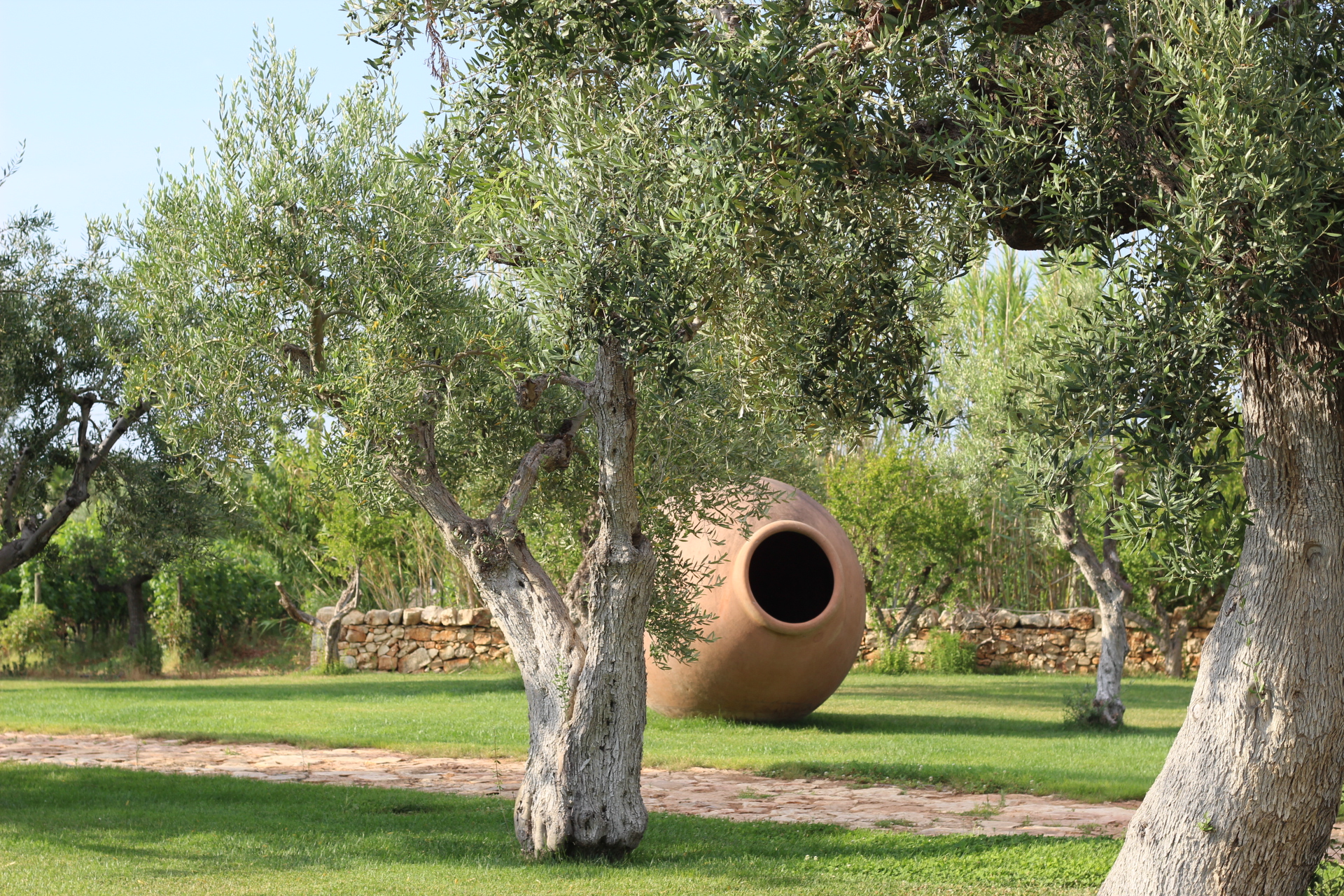
Puglia, Italy









